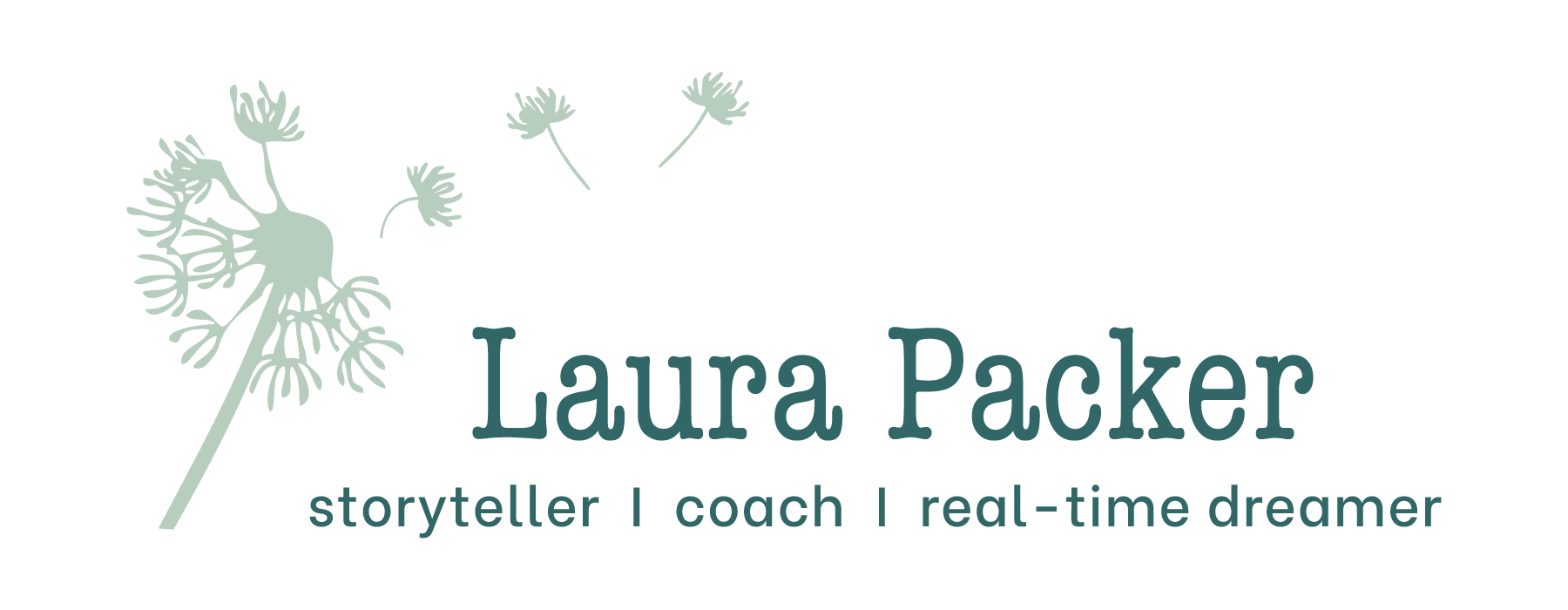Storytelling is Humanity’s Oldest Art Form
When we first developed language we likely did so to tell stories. The act of speaking, listening, and connecting helps build community, develop language, and convey information. The word is now widely applied across many fields, so how do we define storytelling as something separate from movies, books, marketing, and all of the other things that call themselves storytelling?
1. Storytelling requires a teller and at least one listener; it is an interactive experience.
Storytelling does not exist in a vacuum. It requires the effort of both the teller and the listener (or receiver, if the story is in a non-verbal language), creating something new and ephemeral between them. While stories can be recorded and heard again, each hearing brings a new experience to the listener, because they have changed since the last hearing. At its best, storytelling has immediacy and impact, changing both the listener and teller after the shared experience.
2. Storytelling is a narrative experience.
Storytelling presents a story. Many other art forms incorporate stories but storytelling is primarily about a shared narrative experience (a dance, for example, might have a narrative, but it isn’t required for the dance to be impactful). While there are many cross-cultural variations in what a story is and what it can be used for, storytelling is primarily about conveying the story from teller to listener.
3. Storytelling uses words. It may also use gesture and movement.
Storytelling uses some form of formal language, be it verbal or gestural. There may be additional supporting gestures and movements, but the narrative is conveyed linguistically.
4. Storytelling welcomes the listener into the experience; there is no or only a minimal fourth wall.
Conventional theater often employs an imaginary barrier between audience and performers, called the fourth wall. The fourth wall allows the actors to present the play without worrying about how the characters would be affected by an audience; it creates an imaginary other space and the audience can imagine that they are directly witnessing the events of the play, film, or tv show. Storytelling has no such fourth wall. The storyteller is in the same space as the audience and recognizes that they are there. It is a mediated experience, because the teller is the voice of the entire story, and there is no attempt to hide this. Tellers can, if they choose, even interact directly with the audience, something that most stage and screen experiences don’t allow. All of this means the listeners are an integral part of the storytelling experience, using their own experiences, senses, and understand to the story; the teller knows every listener has their own, valid experience in the moment, and that the completed story takes place in the listener’s imagination.
5. Storytelling fosters connection.
Recent neurological studies show that oral storytelling leads to more empathy and relationship between teller and listener than any other art form. Our brains and bodies respond to a told story with surges of hormones associated with relationship building and connection. We cannot help but be moved by a well told story, because that’s what we evolved to do. Tell. Listen. Connect.
6. Storytelling is hard-wired. It is what makes us human.
Other animals do just about everything we do. They build, they fight, they mourn, they adorn themselves, they explore, they laugh, and so on. Storytelling is the only thing we know of that no other animal does (though I’d bet cetaceans might very well tell stories, too). Our brains are literally wired for story; more of our brain is engaged when hearing a story than in almost any other activity, and certainly more than in any other narrative experience like a movie or a book. There are arguments that our species should be called homo narrens, because storytelling differentiates us from other forms of hominids. I believe that storytelling is what makes us human.
It is no surprise that many other art forms and disciplines hunger to be storytelling, and use the word to describe themselves. While storytelling may be a part of film making, writing, marketing, and so on, none of those disciplines have the same kick. It’s no surprise, we’ve been telling stories to each other for millennia and using storytelling to connect and persuade, while most of our families haven’t been reading for more than a few generations and film is still new in evolutionary terms. We haven’t had time to catch up with the new technologies of writing and viewing.
Storytelling by itself capitalizes on our very nature. It can be incorporated into other arts and disciplines, but by itself it is immensely powerful, useful, and important.
